In Part 6 about how to get schools to buy your book—culled from a plan of action created for my friend, client, and associate, Morri Stewart, and her fantasy novel Faltofar—curriculum developer turned creativity coach, Deborah Allen, talks about how to create curriculum and the related instruction, starting with figuring out the pedagogy related to your book:
Pedagogy (how to exchange knowledge in learning contexts through strategies) reveals who you are as a person. It says what type of citizen you are in society, community, family, and friendship contexts. It tells a teacher how you engage with the people and world around you, i.e., do you think the teacher holds all the knowledge and the student is there to gain it, or do you believe the teacher is the agent presenting knowledge to a learner? The pedagogy adopted by teachers shapes their actions, judgments, and other teaching strategies by taking into consideration theories of learning, understanding of students and their needs, and the backgrounds and interests of individual students.
You can do some searches on the strategies listed in the 10 Learning Strategies for Modern Pedagogy chart. The learning strategies in the picture below are the most common.
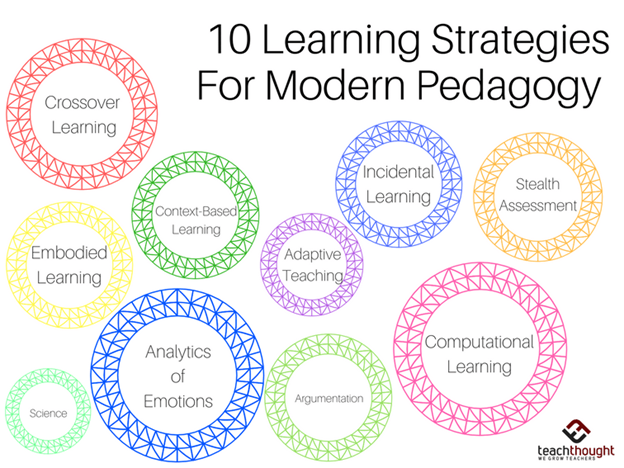
Now, you’ll apply a metacognition process to develop the scope and sequence of learning. (This is the approach part.) I’ll save you a huge amount of time: go straight to Bloom’s Taxonomy. It quickly synthesizes one year of graduate school. Chart 2 (included) clearly defines the learning process from start to finish with the actual language you will use in your curriculum.
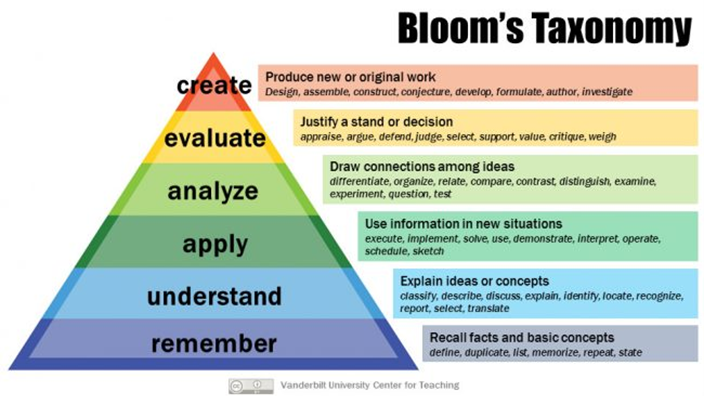
The passage below comes directly from Wikipedia:
Bloom’s taxonomy is a set of three hierarchical models used to classify educational learning objectives into levels of complexity and specificity. The three lists cover the learning objectives in cognitive, affective, and sensory domains. The cognitive domain list has been the primary focus of most traditional education and is frequently used to structure curriculum learning objectives, assessments, and activities.
https://en.wikipedia.org/wiki/Bloom%27s_taxonomy
Review the webpage for detailed outlines of each section. It’s super helpful and will give your ideas for how you want to frame your curriculum ideas and to get writing. There are many cheat sheets; find the chart that works for you and always use their verbs when writing curriculum.
Review these questions. They help identify learning outcomes and outputs.
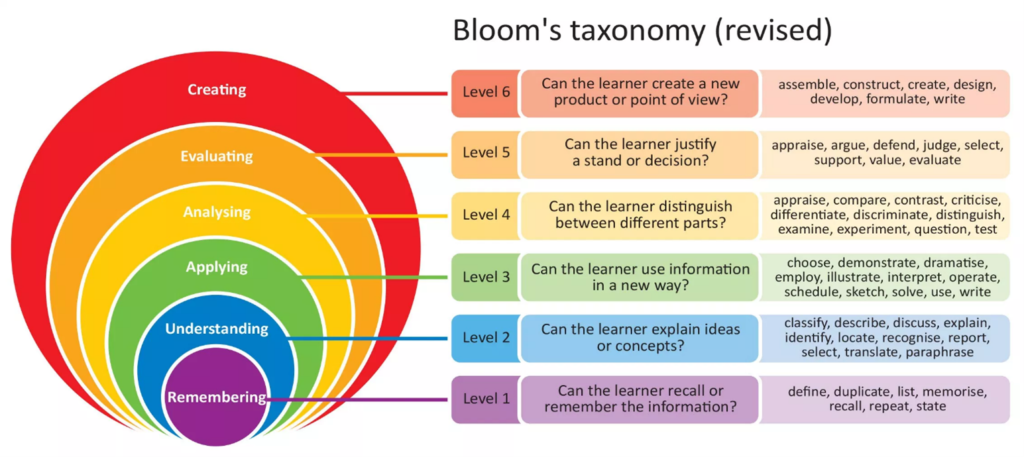
Verbs to Use

You’ll want to check out the theory of Gardner’s Multiple Intelligences. To capture the full range of abilities and talents that people possess, Gardner theorizes that people do not have just an intellectual capacity, but have many kinds of intelligence, including musical, interpersonal, spatial-visual, and linguistic.

Applied Example(s):
Example 1: When curriculum includes multiple intelligences, you will use learning contexts like allowing students to stand instead of sitting because they learn in a kinetic environment where movement is present. The student is not experiencing a behavioral issue, rather the student cannot absorb content verbally without the presence of movement. May include a squishy seat, allowing standing instead of sitting during knowledge presentation, and/or including a movement-based assessment like a performance (dance, presentation, write and perform a play as a group instead of writing an individual paper.
Example 2: Students with interpersonal intelligences may need to share knowledge with a study buddy or the student next to them to analyze and synthesize information over reading charts and information. Their recall abilities and therefore retention would improve if you designed curriculum where people-based interactions were involved. When studying Ancient Greece and learning about the food of the era to understand what we eat in our modern diets derived from the Mitterrand diet, conduct a taste test at the end of the unit. Set up grape, olives, and olive oil stations. Allow students to taste and talk amongst peers. Then, poll the class and have students prefer graphical data of results in three groups: grapes, olives, and olive oil.
These two examples highlight how learning can be taught to the intelligences, and demonstrate how much more engaging and inclusive the environment is when learning is designed for all intelligences.
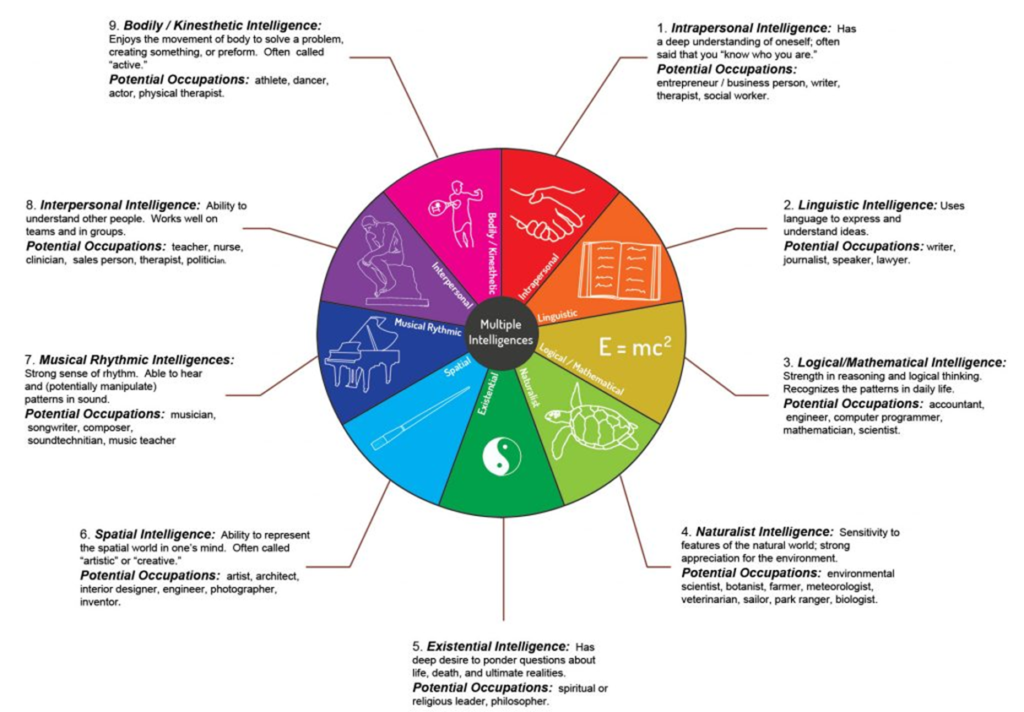
Back to Linden:
Phew! I know, that was a lot. But now that you’ve got the tools to establish and share the pedagogy related to your book, we’re almost done. Next week we’ll look at developing the instructional strategy related to selling your book to schools.





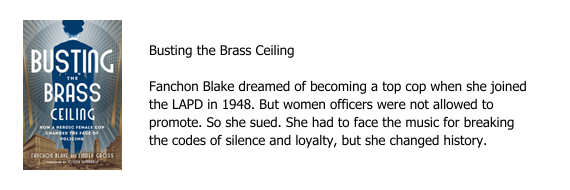













0 Comments